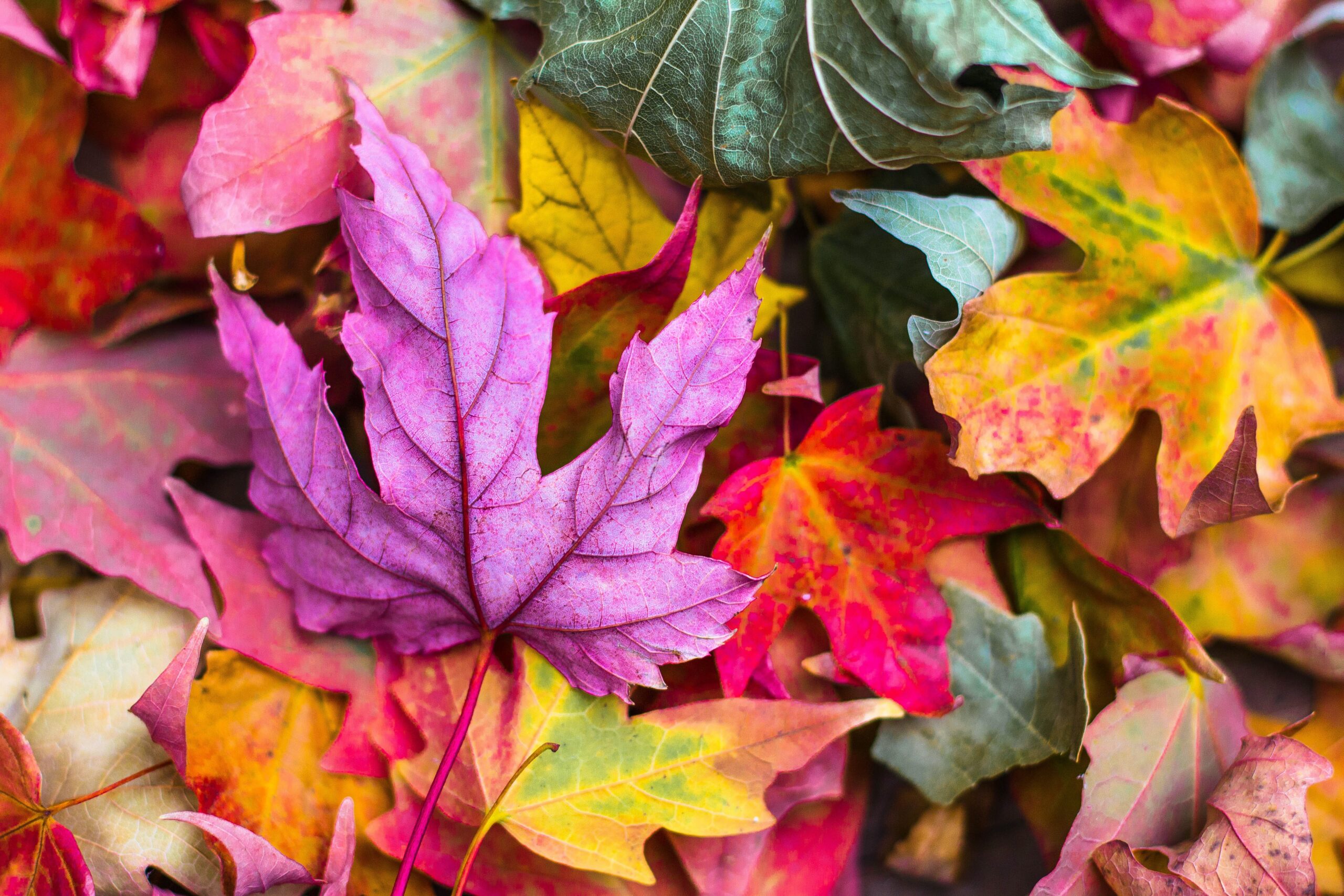By Shoshana Ungerleider, MD
Every year, as the days grow shorter and leaves paint the world in fiery hues, there’s an intriguing shift in the air – our evolving relationship with the inevitable end of life. As leaves begin to fall and leftover Halloween pumpkins start to decompose in front yards, it becomes strangely less taboo to engage with the subject of death.
This time of year holds ritual significance for diverse cultures worldwide. In Chinese medicine, Autumn is associated with the Lungs and considered the season of grief, symbolizing a time of letting go. For the Celts, the harvest festival of Samhain was a time when they believed the spirits of the deceased walked among the living, laying the foundation for many of our modern Halloween traditions. The Mexican Day of the Dead, or Dia de los Muertos, traces its roots back over 3,000 years to indigenous traditions, celebrating deceased relatives as eternal members of the living community through vibrant rituals. In the Jewish community, Yom Kippur, the holiest day of the year, typically falls in September or October and encompasses essential rituals centered around one’s own mortality, legacy and remembrance of loved ones who we’ve lost.
These rituals harken back to a time when our connection with death and dying was markedly distinct from what it is today. In contemporary society, we’ve grown increasingly detached from the end of life. Most individuals now die in hospitals and other institutions, despite the majority desiring to spend their last moments in their own home. Shockingly, only around 30% of people get to do so. Before advances in medical technology drove the rise of hospital systems in the 19th century, it was very common for people to experience death and dying within their families and communities many times throughout their lives.
When death is a communal experience, it comes with rituals, context and plans. Children grow up understanding death as a natural part of life, cultivating a cultural grasp of the interplay between life and death and a shared vocabulary for discussing illness, death and dying. Somewhere along the way, we lost this cultural comprehension and vocabulary, causing death to become the ultimate taboo – a topic to skirt around and conceal behind closed doors.
Modern medicine is built to combat and conquer disease. Aggressive medical interventions are commonplace at the end of life because our system encourages us to take the most extreme measures to preserve life, regardless of the potential loss of quality. This approach is in line with the solemn oath healthcare professionals take to save lives and their responsibility to patients. But, if a cure isn’t possible, physicians are often not taught to recognize their role in a patient’s journey towards healing. This underscores the vital need to equip healthcare providers with the tools and the permission to engage in challenging conversations with patients about their end-of-life plans and desires.
But this time of year serves as a poignant reminder that clinicians aren’t the sole catalysts for reshaping attitudes toward death and dying. End Well was founded with the goal of bringing these conversations into the mainstream and dismantling the cultural barriers that have shrouded these topics in silence. Our hope is that we can draw inspiration from the rituals we’ve lost over time and see death as a process that reinforces the beauty of life. Beyond the memes, social media hashtags, costumes, and masks, lie profound discussions about death that possess the power to reshape our perception of life itself.
Shoshana Ungerleider, MD
Shoshana Ungerleider is the Founder and President of End Well. A writer and leading voice in healthcare, Shoshana is host of TED Health and regularly appears as an on-air medical expert on CNN, MSNBC and CBS News with bylines in TIME, Newsweek, USA Today, the San Francisco Chronicle, The Hill and others. She executive produced Netflix’s Oscar-nominated End Game and Robin’s Wish, a biographical documentary about Robin Williams.
